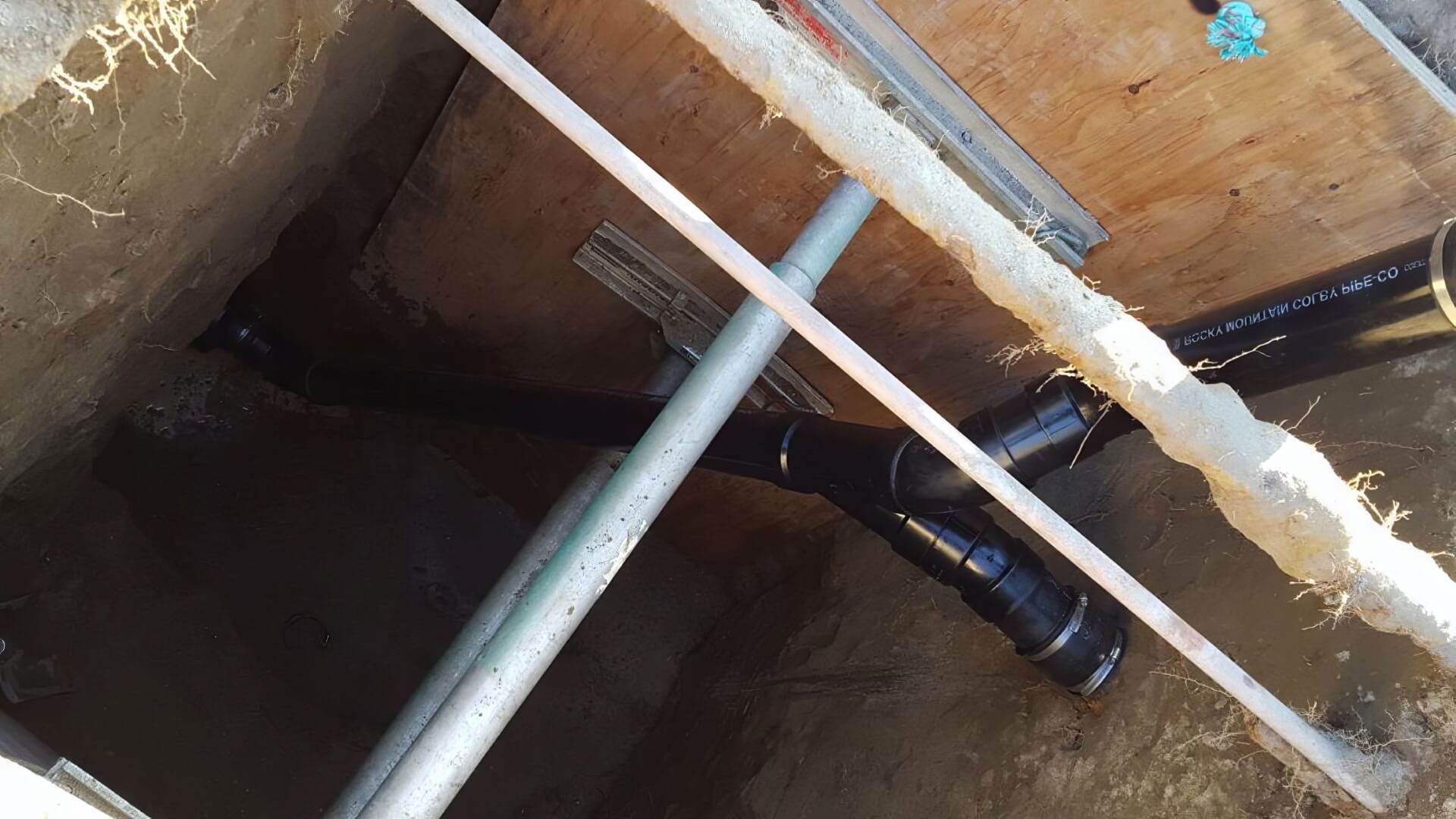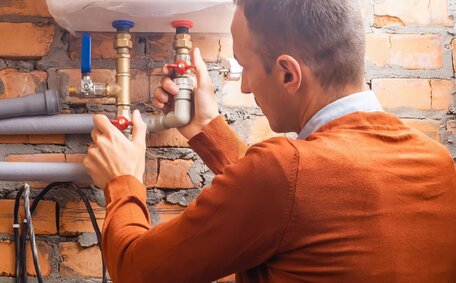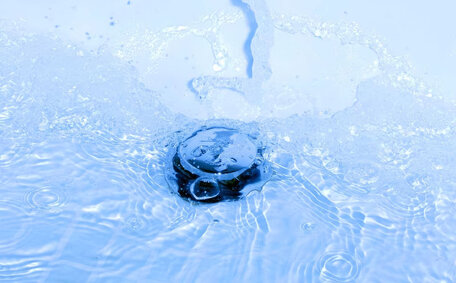An Introduction to Pipe Relining
Pipe relining has revolutionised the way plumbing companies repair damaged pipes. What was once an intrusive process requiring extensive digging and disruption can now be achieved with minimal disturbance. This trenchless method involves inserting a flexible epoxy resin-coated liner into the damaged pipe to seal cracks and restore proper flow.
Here at Ryde Plumbing, we specialise in pipe relining for residential and commercial customers throughout Ryde and the surrounding suburbs of Sydney. Pipe relining is suitable for addressing issues like cracks, leaks, root intrusion, corrosion and more in various pipe materials such as clay and PVC.
This innovative repair technique allows us to rehabilitate degrading pipes without digging up driveways or floors.
Compared to full pipe replacement, relining provides numerous advantages:
- Minimal digging and property disruption
- Significantly lower cost
- 50+ year lifespan for the liner
- Only repair damaged sections, leave unaffected areas
Our team has the expertise to assess your plumbing system and determine if pipe relining is the right solution. We use CCTV cameras to thoroughly inspect lines and custom-fit liners for your specific pipes. Contact us to learn more about modern pipe relining and its benefits.
How to Determine if Your Pipe is a Candidate for Relining
At Ryde Plumbing, we take a methodical approach to diagnosing damaged pipes and determining if relining is the right repair solution. Here’s an overview of how our professional plumbers assess whether your pipe is a candidate for relining:
CCTV Inspection
The first step is a thorough CCTV camera inspection. We’ll insert a camera into your pipe to pinpoint the exact location and severity of any cracks, holes, root intrusion or other damage. This allows us to visualise the interior condition of your pipes.
Evaluate Pipe Material and Damage
We’ll determine what type of material your pipes are made of, such as:
- ABS plastic
- Cast iron
- Copper
- Galvanised steel
- PVC
In general, most pipe materials can be relined as long as the pipe walls are still structurally sound. We’ll assess factors like the extent of corrosion or whether any sections have fully collapsed.
Measure the Length and Diameter
It’s important to get accurate measurements so we can custom-cut the liner material for an ideal fit within your existing pipes. We’ll measure the full length and diameter of the area needing repair.
Consider Access Points
Relining involves inserting the liner through an access point, often at a cleanout or manhole. We’ll determine the best insertion site that allows us to feed the lining throughout the full length of damaged pipe.
If pipe relining is feasible for your home or business, we’ll provide a detailed quote outlining the scope of work. Contact Ryde Plumbing to learn more about relining your pipes without extensive digging or replacement.
The Pipe Relining Process Step-By-Step
At Ryde Plumbing, we take a meticulous approach to pipe relining. Here are the key steps our professional plumbers follow to reline your damaged pipe:
- CCTV Inspection. We thoroughly inspect the interior pipe condition using a CCTV camera. This identifies the exact location and severity of any damage.
- Measure and Customise Liner. We take precise measurements so we can custom-cut an epoxy-coated liner to fit your existing pipe perfectly.
- Bypass Flow if Needed. For sewer pipes, we may temporarily bypass the flow to the line needing repair.
- Clean the Pipe. We clean out any corrosion, roots or debris so the liner can adhere directly to the pipe wall.
- Saturate Liner. The custom liner is saturated with a special epoxy resin that creates a strong, durable seal.
- Insert Liner. We feed the flexible, resin-coated liner into your pipe through an access point.
- Cure the Epoxy. Light and hot water are used to cure and harden the epoxy resin into a solid, watertight pipe lining.
- Reconnect Pipe Sections. We open up service lines and reconnect any sections that were bypassed.
- CCTV Check. A final CCTV inspection verifies your relined pipe is restored.
Our expert plumbers handle the entire pipe relining process start-to-finish. Contact the pros at Ryde Plumbing to learn more about trenchless pipe repair.
Different Pipe Relining Methods
At Ryde Plumbing, we use several trenchless methods to reline damaged pipes based on the pipe material and type of issues present:
Cured-in-Place Pipe Lining (CIPP)
The most common method used for sewer lines, drain pipes and other plumbing systems. A resin-saturated felt liner is inverted or pulled into the damaged pipe and expanded to fit. It cures into a smooth, jointless pipe lining.
Epoxy Pipe Lining
Used for targeting sections of smaller pipes and precise repairs. An epoxy coating is sprayed or brushed directly onto the interior pipe surface and left to cure.
Slip Lining
A seamless new HDPE plastic pipe is inserted inside the old pipe to form a 'pipe within a pipe’. Mainly used for completely deteriorated pipes.
Spiral-Wound Liners
Made of PVC strips wound in a spiral pattern and coated with epoxy resin. Used for repairs to pipe junctions and bends.
In some extreme cases where the pipe is severely damaged or fully collapsed, pipe relining is not an option and full replacement is required. Our professional plumbers will inspect and advise you on the best solution for your home or business.
The Pros and Cons of Pipe Relining
At Ryde Plumbing, we often recommend pipe relining as a cost-effective alternative to full pipe replacement. However, it’s important to weigh the pros and cons before deciding which repair method is right for your situation.
Pros of Pipe Relining
- Less invasive – No need for major digging or destruction to floors and walls
- Lower cost – On average, relining costs 50-70% less than full replacement
- Faster repair time – Cured liners can be installed in hours or days vs weeks
- Long-lasting – Epoxy liners have a 50+ year lifespan once cured
- Preserves structure – Existing pipes remain intact avoiding foundation issues
- Versatility – Effective for many pipe materials and sizes
Cons of Pipe Relining
- Limited for complete breaks or collapses – Pipe walls need some structural integrity
- Access challenges – Entry points for liner insertion required
- Not a full upgrade – Doesn’t increase pipe diameter or capacity
- Interior barriers – Protrusions and severe corrosion need removal
- Added cost for replacement – If relining fails, a new pipe is still needed
Our team of expert plumbers can conduct a thorough inspection of your damaged pipe and advise if relining is feasible or if full replacement is recommended. Contact Ryde Plumbing to discuss the right pipe repair solution for your home or business.
Pipe Relining Costs Compared to Replacement
When faced with a damaged pipe, one of the biggest considerations is cost. Here at Ryde Plumbing, we provide homeowners with realistic price estimates for both pipe relining and full replacement so you can determine the most cost-effective solution.
As a general guideline, pipe relining costs approximately 50-70% less than replacing the entire pipe. The specific cost depends on factors like:
- Length and diameter of the pipes
- Pipe material and degree of damage
- Accessibility and work involved
- Whether mainlines or branch lines need repair
For a residential property, pipe relining may range from $2,000 - $7,000 depending on the scope. Full replacement could cost $10,000 or more.
Commercial relining is also extremely cost-effective compared to replacement. We have lined pipes up to 300 metres in length for under $30,000 - whereas replacement may have exceeded $100,000.
Our team of qualified plumbers provides detailed quotes outlining the exact costs for your property after a CCTV pipe inspection. We’re happy to discuss the most budget-friendly solution to repair your pipes.
How Long Pipe Relining Lasts
When it comes to pipe repairs, longevity is a key consideration. Here at Ryde Plumbing, we are committed to providing long-lasting solutions for our customers in Ryde and the surrounding suburbs of Sydney.
One of the main benefits of pipe relining compared to full replacement is its impressive lifespan. Once installed and cured, high-quality pipe liners are designed to last upwards of 50 years or more before needing repair.
This durability comes down to the strength of modern liner materials. We use technologically-advanced epoxy resins that form a robust barrier inside old pipes. The epoxy cures into a smooth, seamless layer that restores structural stability.
For pipe materials like clay, cast iron and concrete, relining offers a new lease on life. Rather than replacing an otherwise sound old pipe, we can now rehabilitate them from the inside-out with a sophisticated liner system.
At Ryde Plumbing, we stand behind our pipe relining work with long-term warranties. We are committed to providing effective solutions that will serve your plumbing system for decades to come.
The longevity of pipe relining also makes it highly cost-effective. Paying a one-time affordable fee for a 50-year repair solution is preferable to recurring expensive pipe replacements down the track.
In summary, pipe relining enables us to fix your pipes once and fix them right. The cured epoxy barrier will remain strong and leak-free for the long run, keeping your plumbing system operating smoothly for generations.






